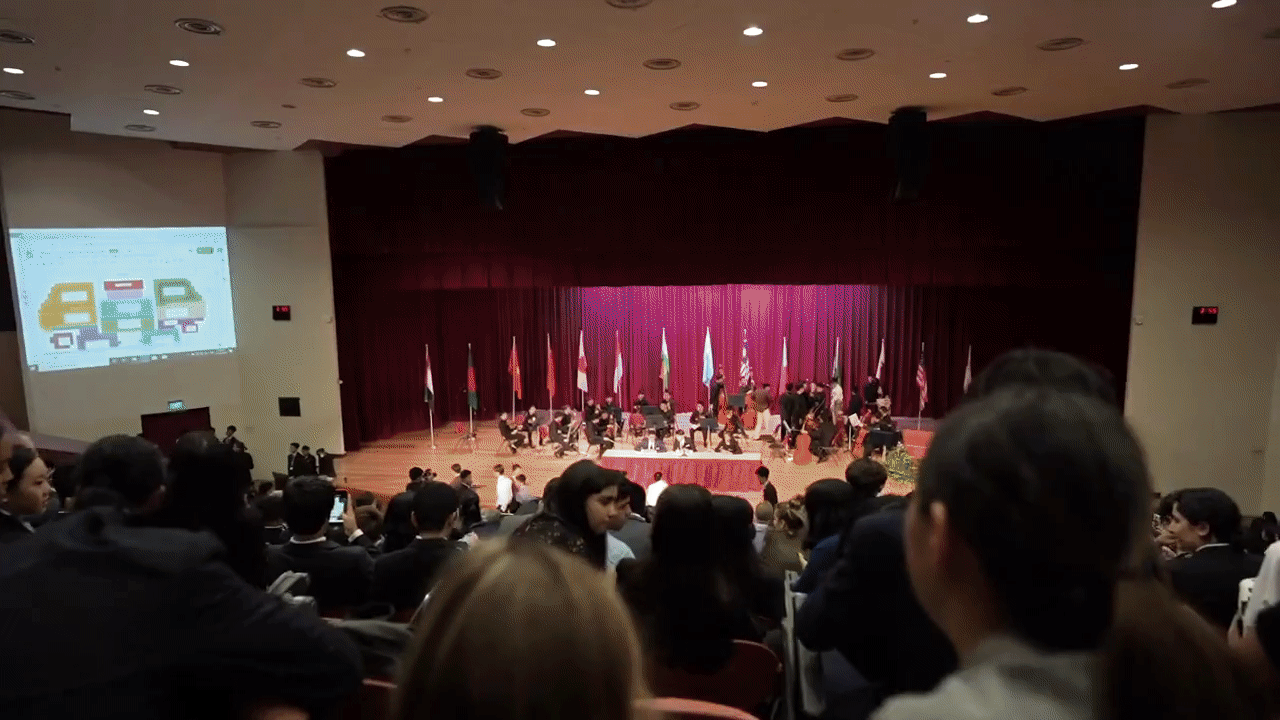Written by: Ping Tsai
Edited by: Priyanka Krishna
The house burst into laughter as delegates made supporting speeches for the creation of an “OK-BOOMER Council.” Several delegates joined the fun, but many complained that there has been little progress in passing resolutions.
Over the course of four days, delegates have worked tirelessly to represent their countries. Yet, as the conference progressed, multiple committees have encountered the problem of “trolling:” the act of making off-topic or inappropriate remarks during debate. Several delegates have described trolling as “the most fun” or as “necessary to keep delegates away from boredom.”
Ophelia Burchell (delegate of Madagascar of GA6, Australian International School of Malaysia) thought that “the funniest part of the conference so far was when Equatorial Guinea roasted Kuwait and referred to the dead whale in the audience.” Similarly, Fred Fang (delegate of Bangladesh of GA1, Yew Chung International School of Shanghai-Pudong) said that his chairs allowed delegations to submit “meme amendments,” which are characterized by irrelevant content or funny acronyms; he described one time when a delegate “tried to use prisoners in order to test out artificial intelligence.”
However, other delegates were concerned that excessive trolling would distort the purpose of debate. In the HRC, Dylan Yu (delegate of Ukraine of HRC, The British School Manila) remembered that some delegates “entered different committees and pretended to be Ireland.” In some more extreme cases, some delegates believe that their committees were constantly trapped in the cycle of trolling: “After the first resolution, everything is just a troll,” Centauri Liu (delegate of Switzerland of GA4, International School of Beijing) suggested. Anngu Chang (delegate of China of SC, Pacific American School), communicating his concern, cited trolling as an obstacle to maintaining a serious discussion. He explained that “although there was not a lot of trolling on the first day, as it goes to the second and the third day, what you notice is that everyone is doing it. It’s really hard to be serious.”
Even though “work hard, play hard” may be a life philosophy of many delegates, trolling could become a problem if it has gone too far. To ensure productivity and preserve the meaning of MUN — practicing diplomacy, enhancing critical thinking, and improving public speaking — delegates and chairs must be aware of the extent to which “having fun” is appropriate.











































